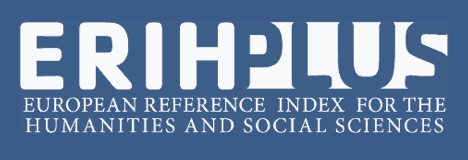Artisan instruments in the teaching of physical geography in the 6th year of fundamental education
Abstract
The article presents methodological proposals to work on subjects related to Physical Geography in the classroom, aiming that this area of geographic science be seen in a more accessible and related to the daily life of students. The work is the result of activities developed in the Institutional Scholarship Program for Scientific Initiation (PIBIC). The methodological procedures began with the bibliographical survey, followed by analysis of two didactic books and later the execution of the experiments and equipment on the subjects worked. It was thought of a didactic as well as a sustainable approach, since the handmade instruments were constructed with materials recycled and / or of easy access, like materials that the student owns in his domestic environment. The research proved that it is possible to work Physical Geography in an interesting and enjoyable way, bringing the content of the textbook to the reality of the students, making it possible for them to understand more clearly the natural dynamics of the geographic space.
References
KAERCHER, Nestor André. O gato comeu a Geografia crítica? Alguns obstáculos a superar no ensino-aprendizagem de Geografia. In: PONTUSCHKA, Nídia (Org.) Geografia em perspectiva. São Paulo: Contexto, 2002. p. 221-231.
KAERCHER, Nestor André. Desafios e utopias no ensino de geografia. Santa Cruz do Sul. Edunisc. 2003. 150p.
MENDONÇA, Francisco. A Geografia Física Brasileira: Construção e Tendências a partir dos SBGFAs. Dourados. UFPR, 2011.
NUNES, João Osvaldo Rodrigues. Perspectivas da Geografia Física: a natureza produzida no Brasil. São Paulo, UNESP>
PONTUSCHKA, Nídia Nacibi. Para Ensinar e Aprender Geografia. São Paulo: Ed Cortez, 2007.
SILVA, Dakir Larara Machado. A Geografia que se ensina e a abordagem da natureza dos livros didáticos. UFRGS, 2004.
Keywords
Policy Proposal for Free Access Journals
Authors who publish in this journal agree to the following terms:
a. Authors retain the copyright and grant the journal the right of first publication, with the work simultaneously licensed under the Creative Commons Attribution License which allows the sharing of the work with acknowledgment of the authorship of the work and initial publication in this journal.
b. Authors are authorized to take additional contracts separately, for non-exclusive distribution of the version of the work published in this journal (eg publish in institutional repository or as a book chapter), with acknowledgment of authorship and initial publication in this journal.
c. Authors are allowed and encouraged to publish and distribute their work online (eg in institutional repositories or on their personal page) at any point before or during the editorial process, as this can generate productive changes, as well as increase the impact and The citation of published work (See The Effect of Free Access).





















